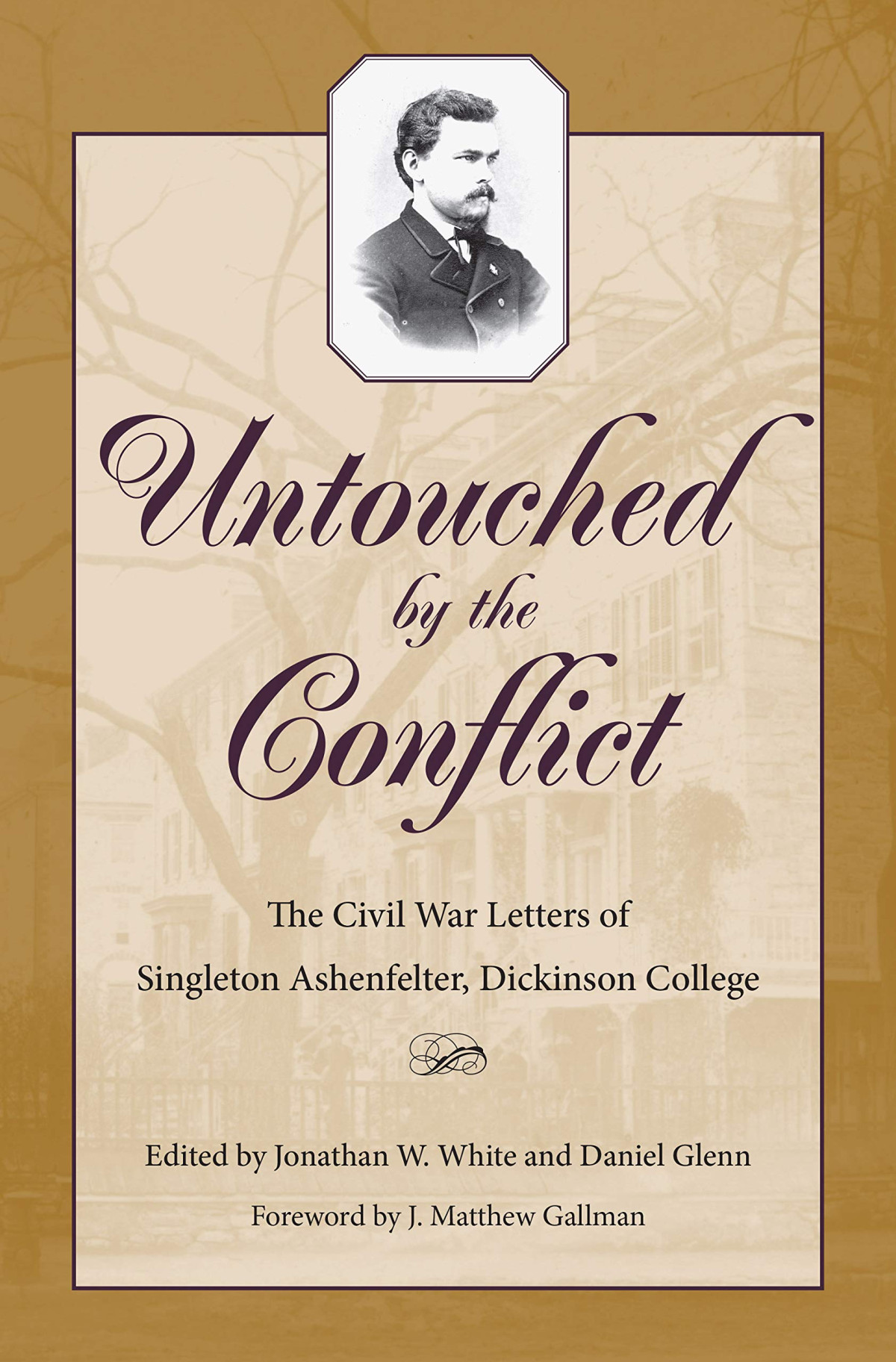

Most ebook files are in PDF format, so you can easily read them using various software such as Foxit Reader or directly on the Google Chrome browser.
Some ebook files are released by publishers in other formats such as .awz, .mobi, .epub, .fb2, etc. You may need to install specific software to read these formats on mobile/PC, such as Calibre.
Please read the tutorial at this link: https://ebookbell.com/faq
We offer FREE conversion to the popular formats you request; however, this may take some time. Therefore, right after payment, please email us, and we will try to provide the service as quickly as possible.
For some exceptional file formats or broken links (if any), please refrain from opening any disputes. Instead, email us first, and we will try to assist within a maximum of 6 hours.
EbookBell Team

4.0
46 reviewsA rare glimpse into the life of one young man who chose not to fight
Nearly three million white men of military age remained in the North during the Civil War, some attending institutions of higher learning. College life during the Civil War has received remarkably little close attention, however, in part because of the lack of published collections of letters and diaries by students during the war. InUntouched by the Conflict, Jonathan W. White and Daniel Glenn seek to fill that gap by presenting the unabridged letters of Singleton Ashenfelter, a student at Dickinson College in Pennsylvania, to his closest friend at home near Philadelphia. Ashenfelter was arrogant, erudite, witty, impulsive, self-interested, reflective, and deeply intellectual. His voice is like none other in the published primary source literature of the Civil War era. Following the war, he became a newspaper editor and the US attorney for the Territory of New Mexico. The letters’ recipient, Samuel W. Pennypacker, went on to become the 23rd governor of Pennsylvania. Covering the years 1862–1865, Ashenfelter’s correspondence offers a rich, introspective view into the concerns and experiences of a young, middle-class white man who chose not to enlist. His letters reveal, too, the inner world of a circle of friends while they mature into adulthood as he touches on topics of interest to scholars of 19th-century America, including romance, religion, education, social life, friendship, family, and the war.